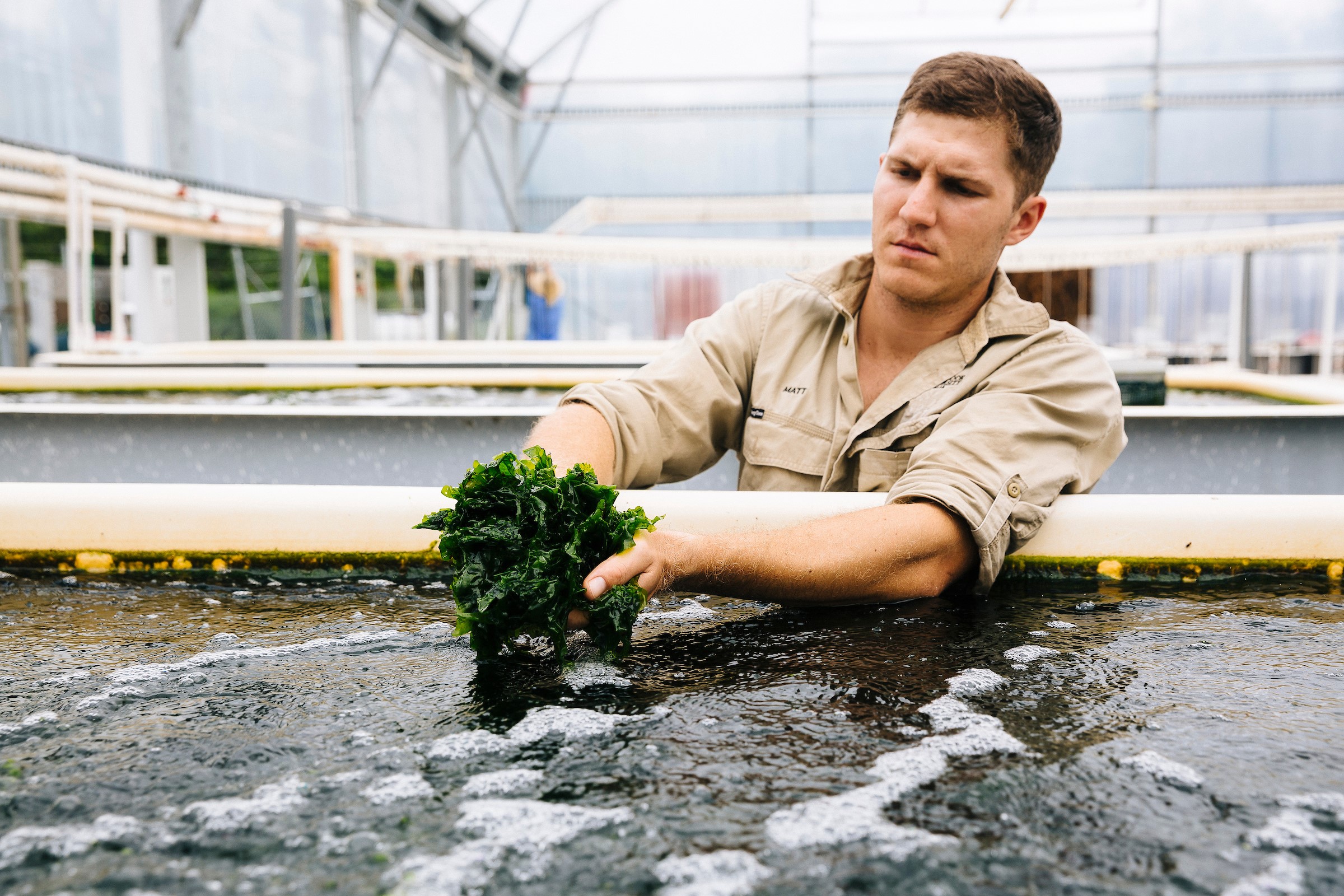6 December 2019
Original article source: The Guardian
Seaweed and kelp grown in our oceans plays a big role in ocean ecology;
- It supports and provides a habitat for a large number of animal species and sessile animals (sponges);
- It acts to reduce the force of storm-driven tides and surges and assists to retain nearshore sand, preventing erosion;
- They absorb and hold carbon which might otherwise end up contributing to rising global temperatures. This is called carbon sequestration, and efforts to restore and enhance kelp and seagrass beds to store more “blue carbon” are increasingly seen as a tool to help counter the effects of a warming ocean as well as mitigate climate-driven ocean acidification.
When ocean seaweeds and kelp are harvested it upsets the oceans ecology and places marine habitats that have formed within them at risk of predators and displacement.
In fact, an article published by The Guardian (Aust Edition) on 6 December 2019 titled “Biodiversity in 2020: the biggest threats and opportunities” highlights that disappearing brown kelp has been identified as one of 2020’s emerging threats to biodiversity.
Nearly two dozen scientists, conservation professionals and future scanners recently came together as part of an annual “horizon scan” led by Cambridge University conservation biologist William Sutherland, to answer what the biggest emerging opportunities and threats the coming year holds for efforts to conserve biodiversity.
The group narrowed a list of 89 issues to 15 emerging or anticipated trends that have a strong potential to benefit or harm living things but are not yet on the radar for most conservationists and disappearing brown kelp has been identified as one of the threats.
Large “forests” of kelp, a type of brown algae, grow along coastlines around the world; they protect shores from erosion and shelter commercially important fish and other ocean life. Despite their reputation for enduring environmental stress, many of these kelp forests have been declining in recent years, possibly due to rising ocean temperatures, pollution, harvesting and non-native species. Further declines could disrupt ocean ecosystems and result in economically impactful losses of the billions of dollars’ worth of services they provide to humans.
Green seaweed used in the production of PlantJuice is responsibly grown in a controlled and sustainable environment. This allows for greater oversight into quality and supply, resulting in a product that has less risk of contaminants.
Most importantly, because our growth environment is on shore it has zero impact on the ocean’s biodiversity; when we harvest our green seaweed we are not upsetting the oceans’ ecosystem, displacing marine habitats or threatening biodiversity.
